The Essential Surfing First Aid Handbook
Adam Branoff, MD, grew up in Daytona Beach, Florida, and owned his first surfboard just after kindergarten, so it’s safe to say that the emergency medicine doctor, and the new medical specialist at G-Land come September, was ready to push the envelope for quality surf. That kind of exploration is ripe for bumps, bruises, scratches, cuts, itches, broken bones, you name it—all of which can be intimidating when you’re surfing remotely in an unfamiliar place. From the smallest bout of heat stroke to the most virulent infection, Branoff has seen and treated your worst Web-MD nightmares. We caught up with him on a rare hour off and asked him about the most common injuries he sees on foreign surf trips, his treatments for each, and his suggested first-aid kit for your next trek.

Corban Campbell was hit in the face by a needlefish on a surf trip, but after proper care, he was back to chasing Nicaraguan offshores in no time.
Reef Infection
While surfing in Sri Lanka a while ago, I washed up onto a reef and got a small piece stuck in my hand. Back on the beach, I made the mistake of attempting to remove the reef with a dull safety pin. I started myself on strong antibiotics, but I still developed a serious hand infection. Eventually, I had to see a physician in Sri Lanka and convince him to slice my hand open to remove the piece of reef and irrigate it. I was close to losing my fingers.
Reef injuries are a big deal, especially as we start going out further into the wilderness and seeking out places where there is not immediate medical care or access, and we’re out in the jungle for long periods of time. If you get an organic foreign body like a piece of coral stuck in your hand or foot, the likelihood of it getting infected and it progressing quickly is quite high.
The most important thing to prevent severe infections is to remove the foreign body. While it’s challenging for many people to inject a local anesthetic (lidocaine) into the skin via a needle, topical lidocaine ointment is an alternative. Take a strong formulation of lidocaine cream and apply to the area. Allow 20 minutes to numb the area. Once the area is numb, carefully open the skin with small incisions using an over-the-counter scalpel, a clean razor blade, or another sharp, sterile instrument (like removing a splinter). Make sure the instrument is clean.
Once the incision is made and the foreign body is removed, the area should be very heavily irrigated with water, or the ocean. As we say, the enemy of pollution is dilution. Finally, apply some kind of antiseptic: alcohol, hydrogen peroxide, or soap and water. Leave the wound open to allow ongoing draining, which will help to prevent infection. Try to keep the wound open and irrigate it or clean it twice daily. If you are surfing all day, this frequency is good enough.
Reef Rash
Reef rash and Dermatitis in the chest, the armpits, and the inner thighs bother a lot of travelers when they’re on a trip. The volume of surfing goes up 500% from what they’re used to back home, then they’re down and out on day three because the chafing is too painful.
Apply any kind of body glide, like a topical cream. Be resourceful: Cyrus Sutton spoke about using coconut oil on his face when it was really cold. That’s a great idea as an easy-access body glide that you put on high-friction areas of your body. The over-the-counter stuff, like the cortisone cream and Benadryl, can be helpful for the itching and the inflammation. On a recent trip to Nicaragua, when the chafing got bad, I would give some of the guys short courses of steroids, and that seemed to help them in about a day. You could go to your primary care doctor before your trip and get a medrol dosepack, if you need it.
Traveler’s Diarrhea
On a trip to Panama, I noticed my friend was aggressively washing all of his food in the sink before eating. He thought this would be a good way to prevent getting sick. But traveler’s diarrhea is still commonly contracted from exposure to untreated water, which is nearly all of the sink water in Latin America.
First and foremost, avoid fruits and vegetables which have been washed in the sink to remove dirt or soil. Fruits or vegetables that you peel, eggs, and well-cooked meats are typically safe. But if limiting your exposure to the local tap water is not possible, some people take preventative medicine, and can then eat without discretion. Ciprofloxacin is an effective antibiotic, but try to discuss any treatments with your physician before leaving the country. I typically recommend taking any antibiotics at the first signs of feeling sick. 48 hours, and you’re typically back on track.
Neck Injuries/Concussions
A dangerous risk of injury is when people are in a high-impact zone or are surfing a shallow reef. If a surfer slams their head, they need to be extricated safely from the lineup. You need to immediately assume that a neck, head, or spinal injury is a possibility. Not immobilizing the neck as well as one should could worsen an unstable neck fracture, not to mention aggravate a concussion, or worse.
What I tell people is that if you’ve had a concussion, you should rest for a couple of days afterward, no matter what. You can gradually resume your activities until you start to develop symptoms, specifically of a headache. Whatever it is you’re doing—brushing your teeth, doing math homework, or paddling out and duckdiving—if it’s causing you to have a headache, you need to stop. Rest for 24 hours and slowly go back to advancing what you can do without precipitating those headaches. If you keep persevering through the pain, you can get persistent post-concussive syndromes where you have chronic headaches, and you can cause your brain long-term damage. It’s what you see guys like Owen [Wright] and Evan [Geiselman] do by not surfing for a long time after an injury, allowing their bodies to heal.
If you need immediate E.R. care
My priority would be to communicate to the local doctor to stabilize me as much as he or she can until I return to a place where I’m comfortable with the medical care. When I was in the above-mentioned situation in Sri Lanka, the physician signed me up for the ER the very next morning. I told him that I really wasn’t comfortable going to the operating room. He was on the verge of amputating my hand. I told him to do the best he could, and I was going to get the first flight out the next morning. I was prepared to go straight to the ER when I landed back in America.
I put it like this: Do you think you can buy me 48 hours? What can we do now before I can tend to my injury at home? It’s not meant in a derogatory fashion. Sometimes it won’t be an option to wait 48 hours. When you’re in that situation, you just have to go with it.
Branoff’s First-Aid Kit:
- Over-the-counter topical Novocaine (The strongest level you can find)
- Topical Lidocaine (It’s a version of what dentists use to numb your mouth)
- An 11-blade scalpel set
- Some steri-strips, which are taped, make-shift sutures (An adhesive to hold together a wound after an incision)
- A pair of tweezers
- One or two oral antibiotics you can pick up at the pharmacy. I would recommend Ciprofloxacin or Doxycycline, which are two good, broad-spectrum antibiotics, and are specifically good for aquatic-related infections.
- Over-the-counter Benadryl
- Over-the-counter cortisone cream. I’d get the highest-level prescription you can. I would apply those topically like a lotion to all the areas that are chafed, injured or irritated.
- A Medrol Dosepack, or a short course of steroids
- 800-mg of Motrin or Tylenol
---
original article can be found here
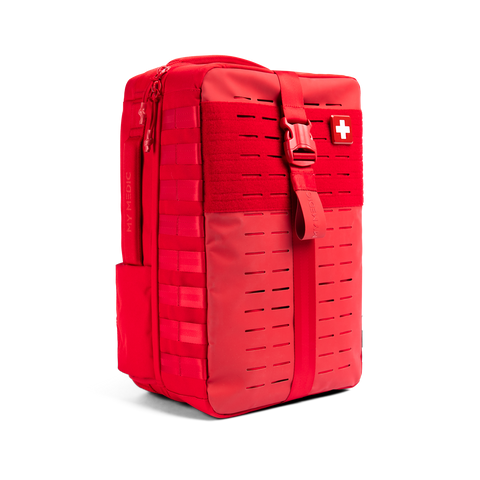 NEW ARRIVALS
NEW ARRIVALS
 BEST SELLERS
BEST SELLERS
 SUPERSKIN™
SUPERSKIN™
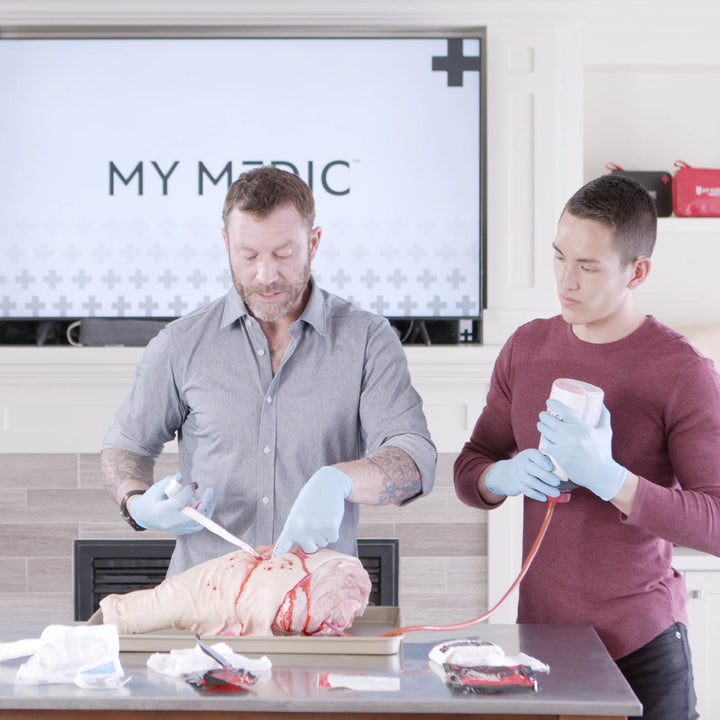 COURSES
COURSES
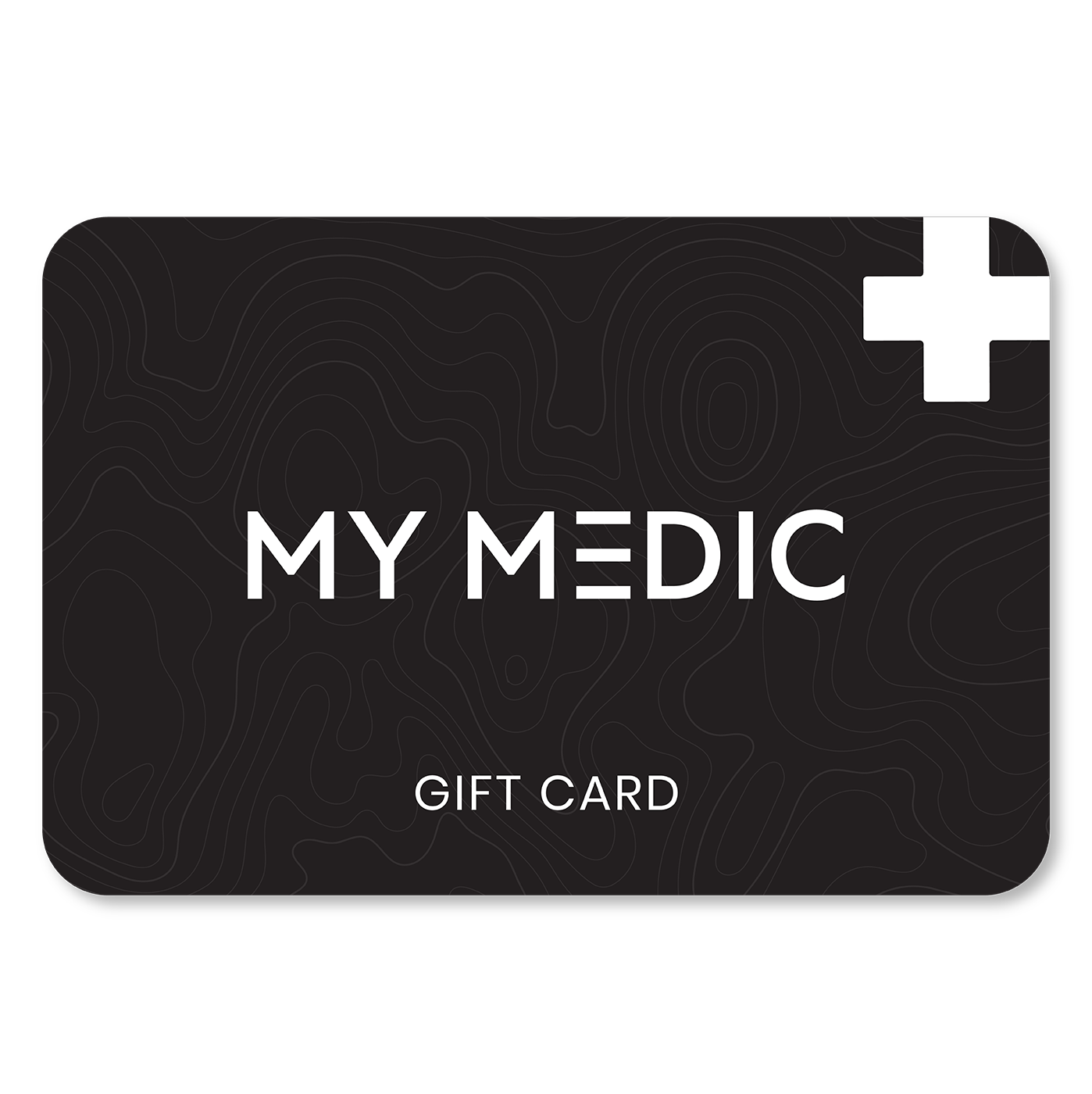 GIFT CARDS
GIFT CARDS
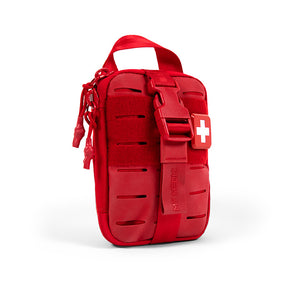 The MyFAK Collection
The MyFAK Collection
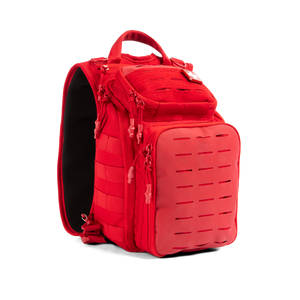 Specialty
Specialty
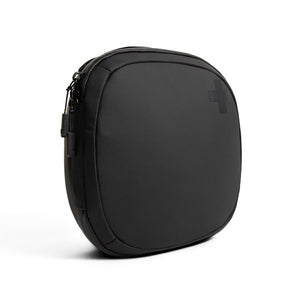 The Ready Collection
The Ready Collection
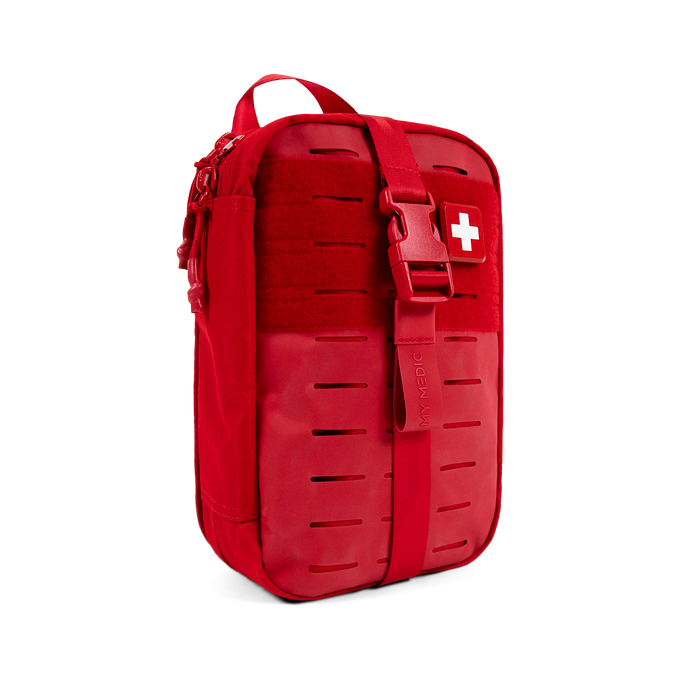
 BLEED
BLEED
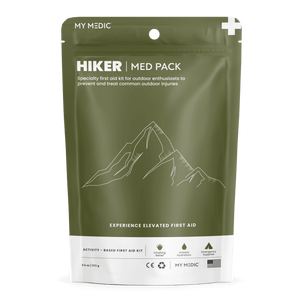 OUTDOOR
OUTDOOR
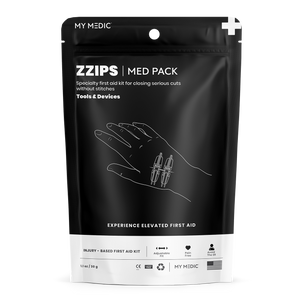 TOOLS & DEVICES
TOOLS & DEVICES
 AIRWAY
AIRWAY
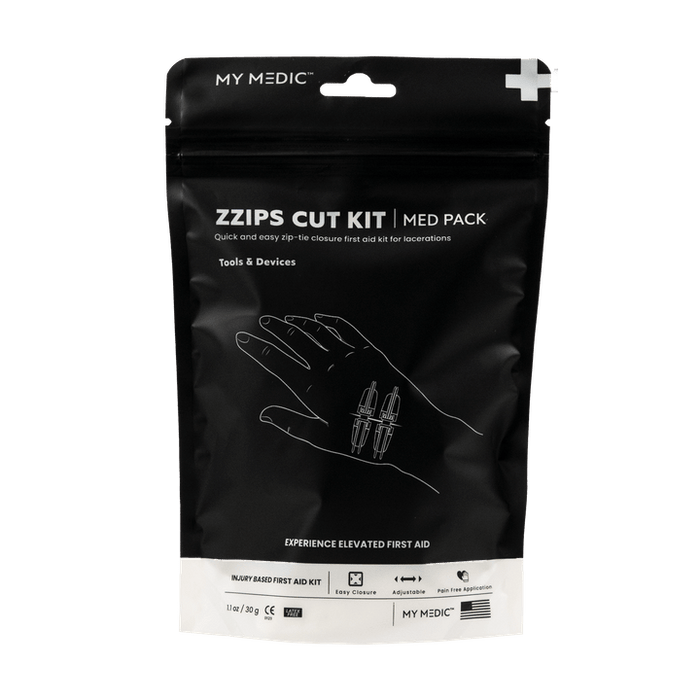
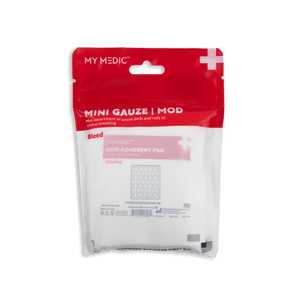 BLEED
BLEED
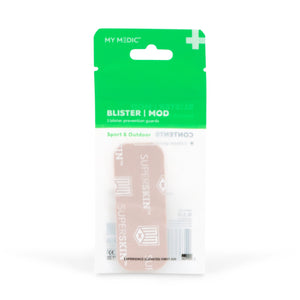 OUTDOOR
OUTDOOR
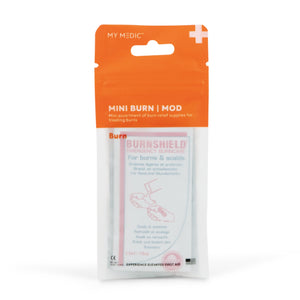 BURN
BURN
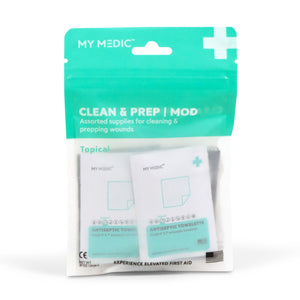 TOPICAL
TOPICAL
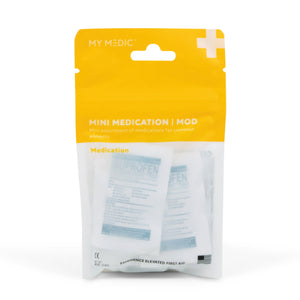 MEDICATION
MEDICATION
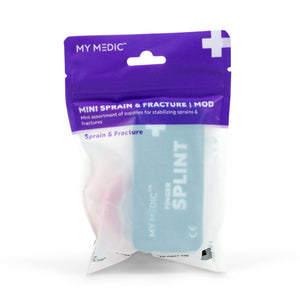 SPRAIN & FRACTURE
SPRAIN & FRACTURE
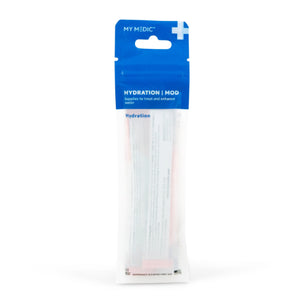 HYDRATION
HYDRATION
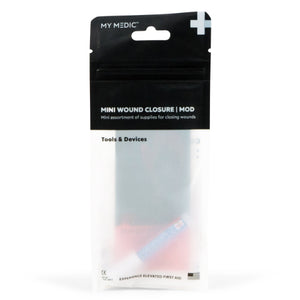 TOOLS & DEVICES
TOOLS & DEVICES
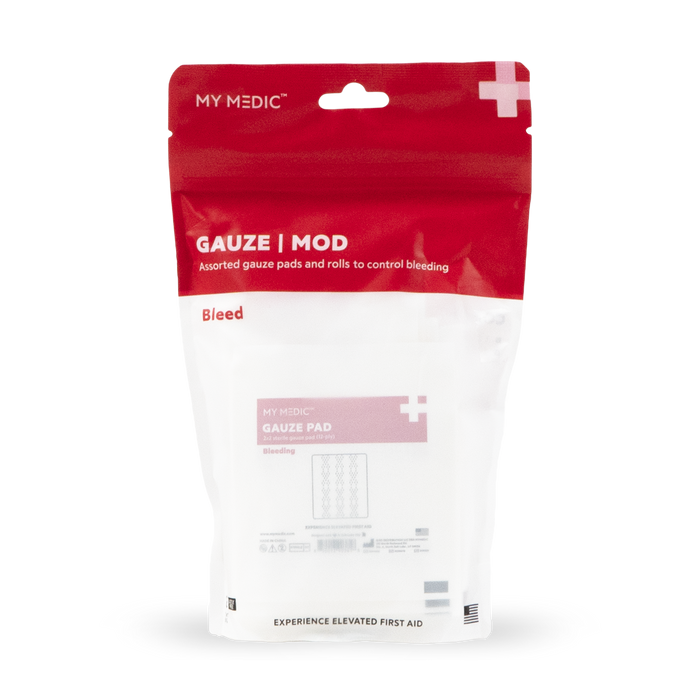
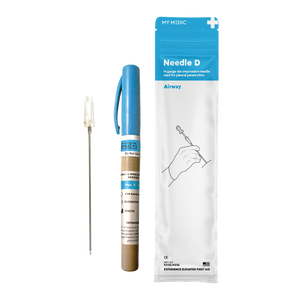 Supply Categories
Supply Categories
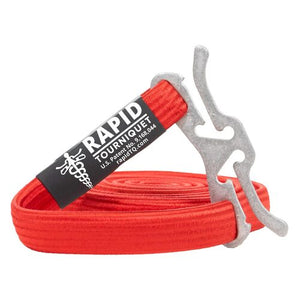 Top Sellers
Top Sellers
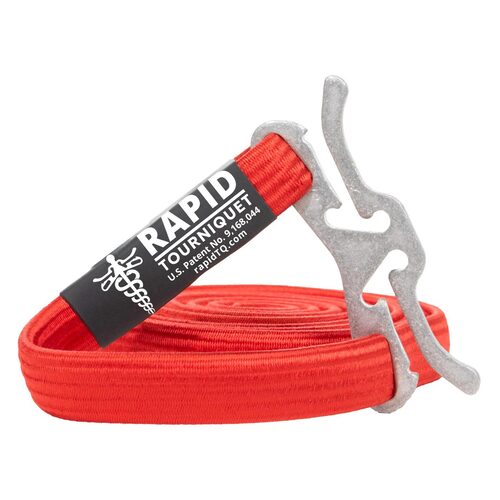





Leave a comment